ArtReview editors on exhibitions, performances and talks to catch this month
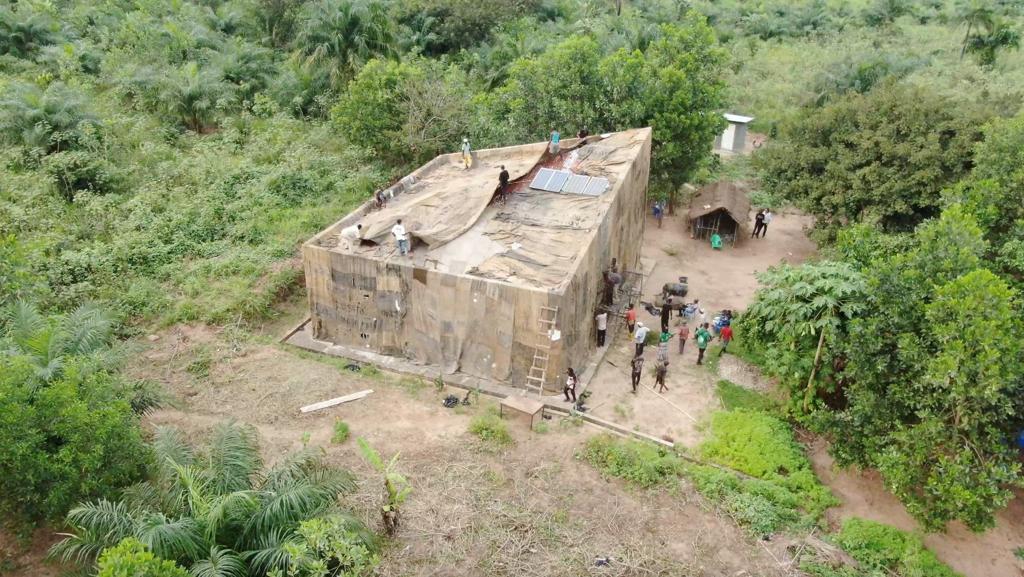
Ibrahim Mahama, The judgement of the White Cube
The White Cube in Lusanga, until 17 April 2022
The artworld isn’t the exclusive property of the wealthy societies of the northern hemisphere. But while artists from the global south have increasingly shown around the world, the infrastructure of contemporary art in their own localities has long been minimal. In 2020 however, the Congolese plantation workers’ art league (CATPC), established its own White Cube – a pristine art space in the midst of a former colonial-era palm oil plantation, land which the group has, over the last few years, been buying back in order to manage it sustainably for local use. Ghanaian artist Ibrahim Mahama gained international attention with his jute-bag wrappings of buildings at the Venice Biennale in 2015 and 2017’s Documenta 14, repurposing these disposable, worn-out emblems of the global trade in commodities in the symbolic centres of the artworld. For this, Mahama’s first institutional solo show in Central Africa, his jute cocoa bags will shroud the White Cube itself, surrounded by new, sustainable agriculture, bringing the old exploitative global economy of agriculture and global art into fresh dialogue. J.J. Charlesworth
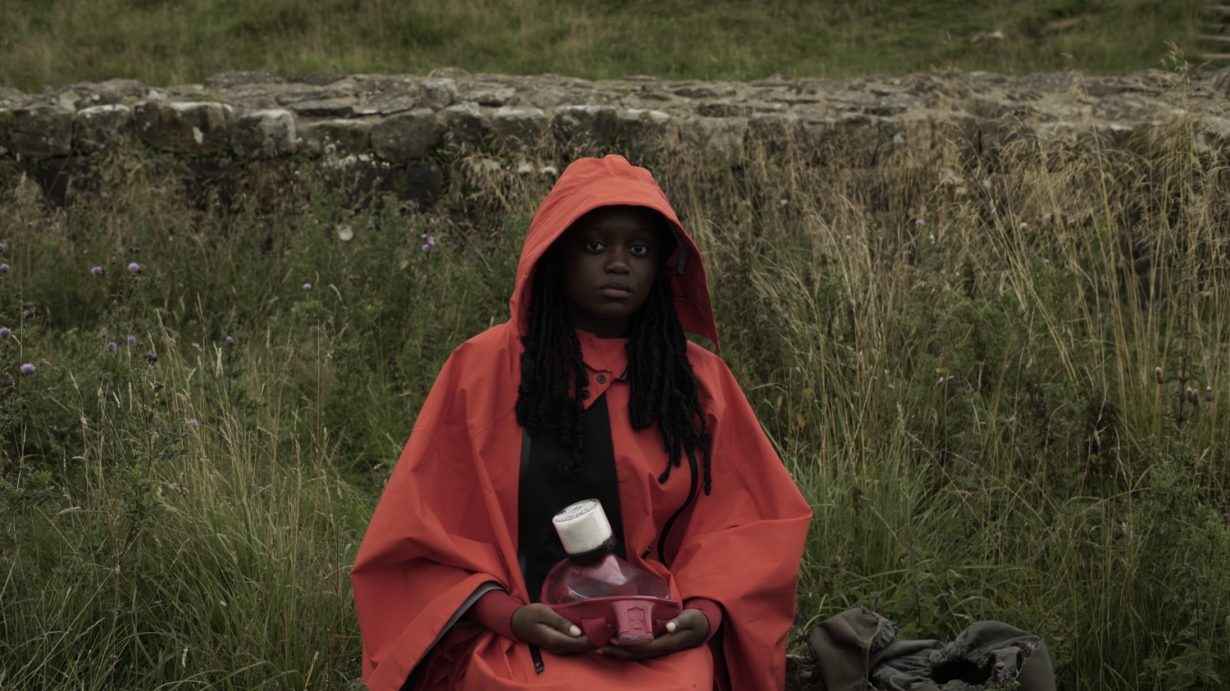
Larry Achiampong, Wayfinder
Turner Contemporary, Margate, 12 March – 19 June 2022
The distances between places of origin and the experience of diaspora, and the history of colonialism and the postcolonial present, are underlying themes in the work of British Ghanaian artist Larry Achiampong, whose videos of recent years have weaved between the past of Achiampong’s childhood, growing up in Britain as the son of immigrants, to the afro-futurist narrative world of his ongoing Relic Traveller project. Achiampong’s biggest solo exhibition in the UK will present a newly commissioned feature-length film, Wayfinder, which follows the travels and encounters of ‘the Wanderer’, a young woman journeying on foot from the north to the south of England during an unspecified pandemic. The show will also include videos from the Relic Traveller series, collages, sound works and a selection of works by the gallery’s namesake JMW Turner, of places relating to the Wanderer’s trek across England – all coming together in Achiampong’s expansive reflection on the nature of belonging and identity, past and future. J.J. Charlesworth
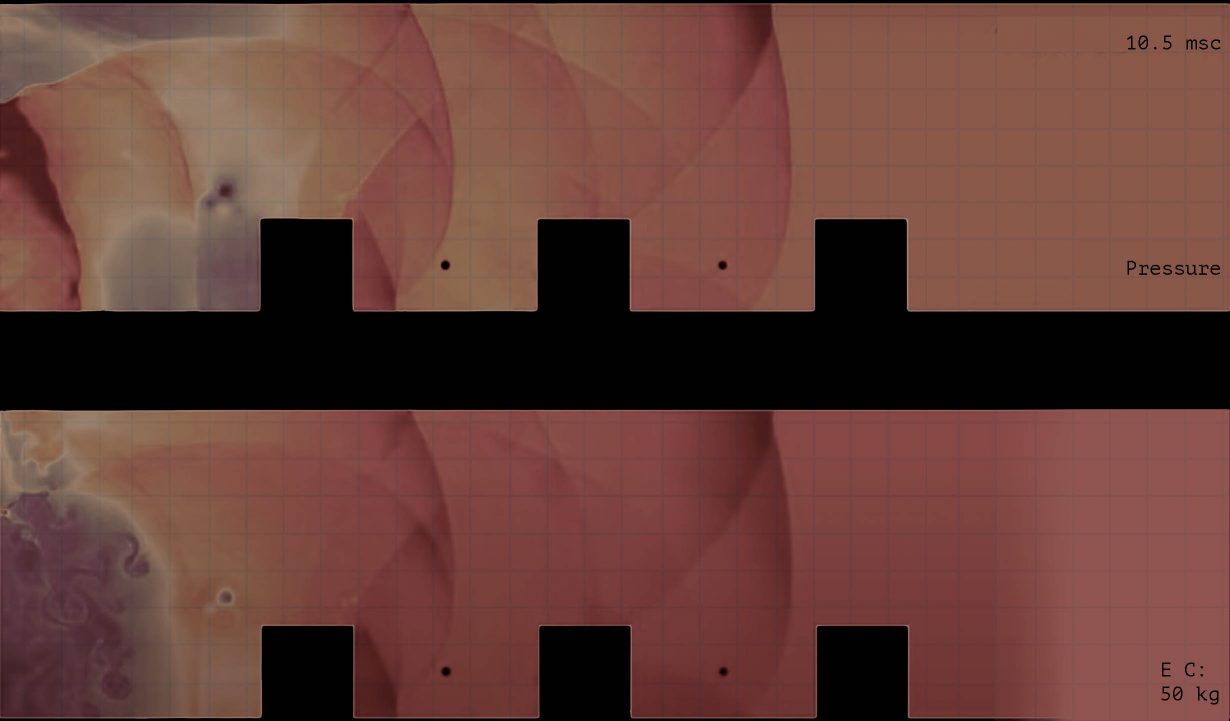
Countersonics: Radical Sonic Imaginaries
The Showroom, London, 8 March 2022, 6.30-8.30pm
Currently on view at The Showroom, London, Haig Aivazian’s solo All of your Stars are but Dust on my Shoes presents two films which write a new history for our age of broadcast media, and surveillance, via Olympic basketball, the first Gulf War and heatmaps of NSA headquarters (read Salena Barry’s review here). As part of the exhibition’s talks programme, catch sonic theorist Gascia Ouzounian and architect Mhamad Safa (whose recent research has focused on urban acoustics under aerial warfare in Beirut) in a conversation exploring the relationship between trauma and listening: how can sound become a mode of resistance, and of building counternarratives? En Liang Khong
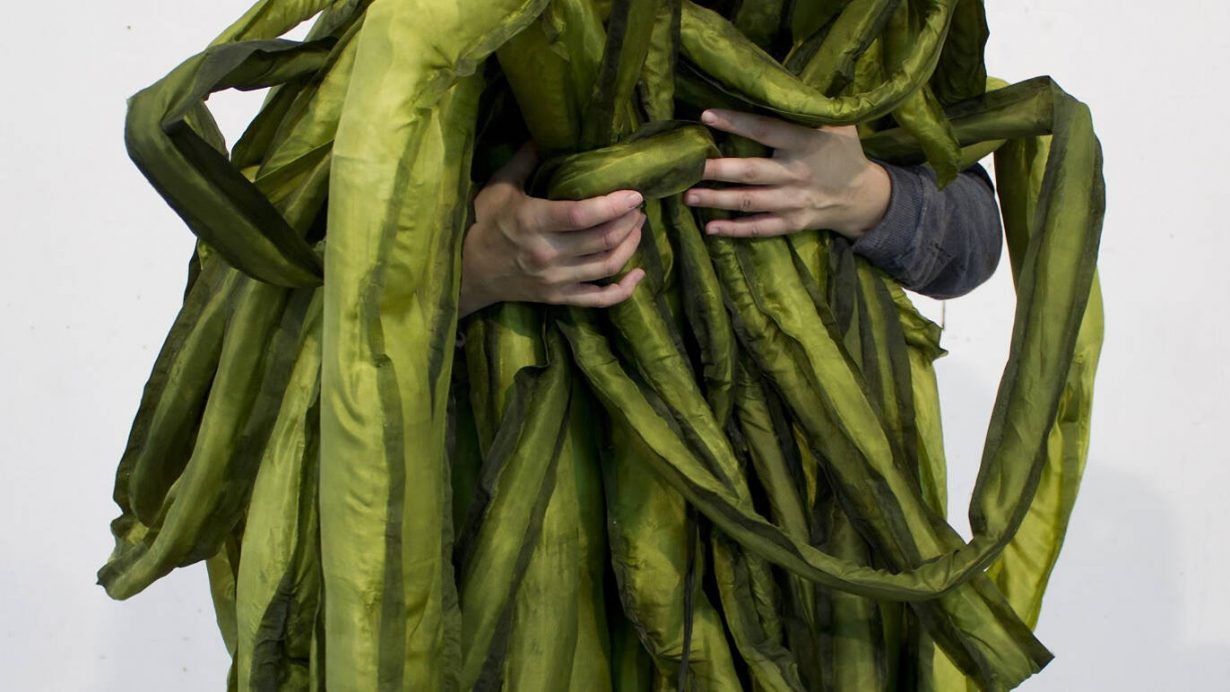
Rooted Beings
Wellcome Collection, London, 24 March – 29 August 2022
What can we learn from the humble mushroom? Indeed, can we even become ‘more rooted, attentive, flexible and caring – and attain vegetal enlightenment’? Enter the undergrowth in the Wellcome Collection’s Rooted Beings, which considers plant and fungi behaviour – as well as our relationship with them across time, including the impact of colonialism on the natural world and indigenous knowledge. The exhibition – curated by Bárbara Rodríguez Muñoz with Emily Sargent – draws on the archives of the Royal Botanic Gardens, Kew, as well as new commissions by Patricia Domínguez, Eduardo Navarro, RESOLVE Collective and Sop. (And while you’re waiting for the show to open – read our interview with chronicler of mushrooms and the capitalocene, Anna Tsing – “stories of environmental collapse can paralyse people, but they can also open us up to the world and foster new sensibilities,” she tells us). En Liang Khong
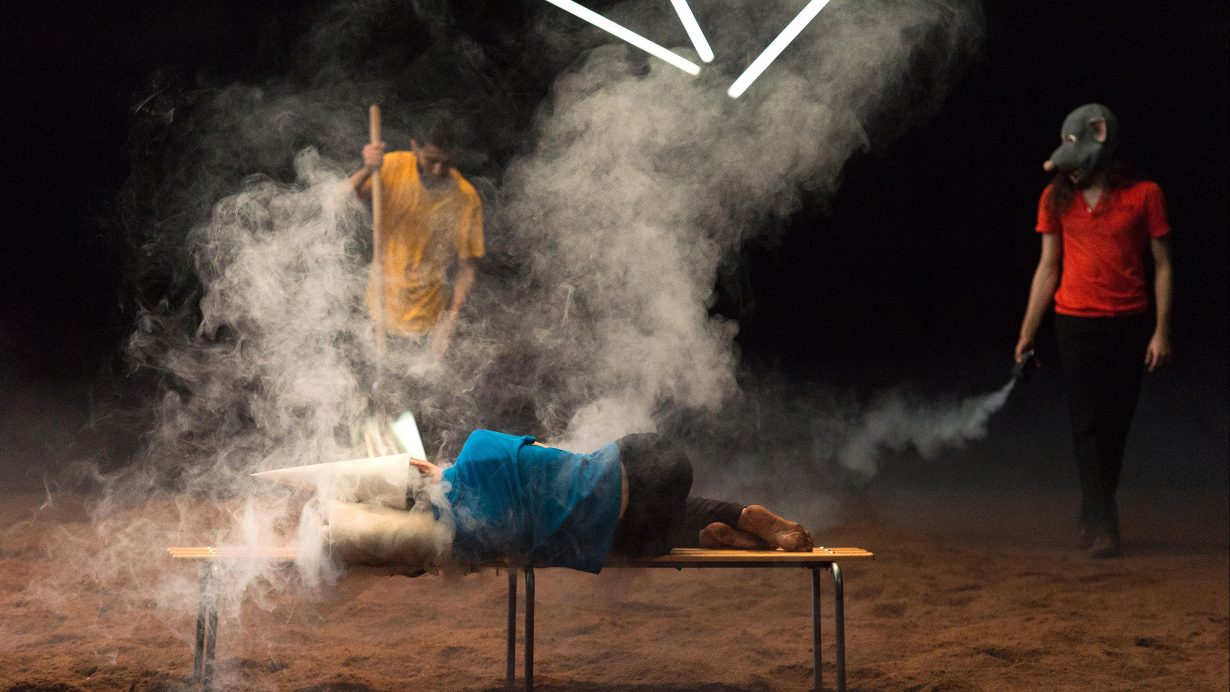
Dance Reflections
Sadler’s Wells, Royal Opera House and Tate Modern, London, 9–23 March 2022
‘If art is valuable as a reflection – of a time, of a place, of a creation – then dance is just as important as literature or film, even though the audience for it is smaller,’ longtime Village Voice dance critic Deborah Jowitt once wrote. Some of those valuable reflections are put forward in this multivenue dance festival backed by Van Cleef & Arpels, which this month is bringing a range of postmodern dance classics (a loose term encompassing practices doing away with Ballet and classic dance traditions) and contemporary offerings to London. Amidst some iconic pieces of dance history, expect Lucinda Childs’s 1979 minimalist Dance, a collaborative oeuvre that sees the legendary Judson Theatre choreographer respond to a Philip Glass composition with a filmic response by another minimalist artist, one Sol LeWitt; testament to that same collaborative spirit of 1980s New York, is Trisha Brown’s Set and Reset (1983), originally developed around the notion of memorised improvisations and unfolding to music by Laurie Anderson with costume and stage design by Robert Rauschenberg, which is revisited here by two troupes, the edgy Rambert and Candoco (founded by Abigail Yager, a former member of Brown’s company). Meanwhile, more recent creations feature Ola Maciejewska’s research-based tribute to visionary Loïe Fuller’s avant-garde experiments; Katerina Andreou’s solo BSTRD, a minimalist trance-like meditation on movement to the sound of pulsating house music; not to mention a duet by London’s SERAFINE1369 performed with Fernanda Muñoz-Newsome, a solo performance by Boris Charmatz ‘on the brink of sleep’ and Christian Rizzo’s disquieting and theatrical House (2019) (the list goes on). As for the lamented size of dance’s audience, I’ll now leave that in your hands. Louise Darblay
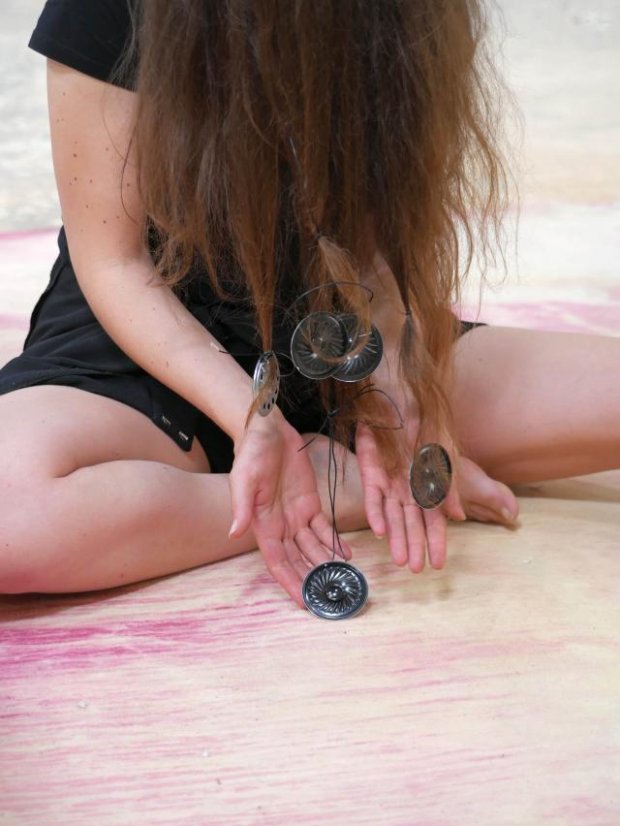
Anne Le Troter, The Volunteers, pigment-medicine
Bétonsalon, Paris, until 23 April
Bétonsalon is one Parisian art centre that deserves to be more widely known, if anything for its location in the 1950s flour warehouse used by the adjacent Great Mills of Paris, both of which have been converted into a university campus. Another reason might well be Anne Le Troter’s exhibition, the result of the artist’s deep-dive into the Marc Vaux photographic archive (held at the Pompidou Centre’s Kandinsky Library) which includes 130,000 plates documenting the Paris artworld from 1920 to 1970 along with administrative documents. Known for her sound installations – one of her most recent ones drew on an archive of sperm donors promoting themselves to women looking to conceive – Le Troter uses this wide pool of images and documents to create a polyphonic play channelling the voices of some of the artists and activists documented in the archive – Marie Vassilieff, Max Beckmann, Kiki de Montparnasse and Paul Éluard among them – through to the ‘living art workers’ the artist invited. Emerging from this conversation is a historical journey tracing the social and medical realities of the arts community, disseminated in space via cascading cabling and hybrid sound outlets. A timely meditation on health, labour and community. Louise Darblay